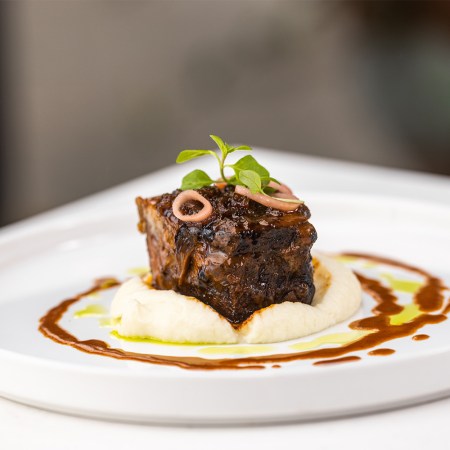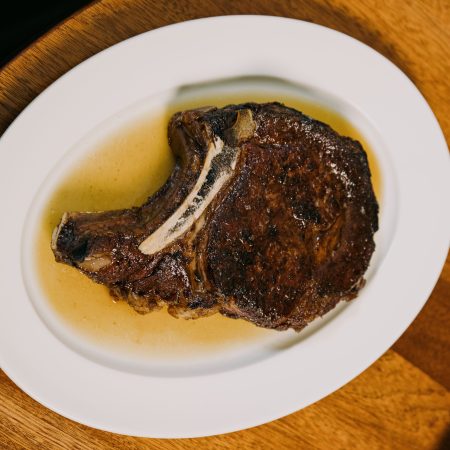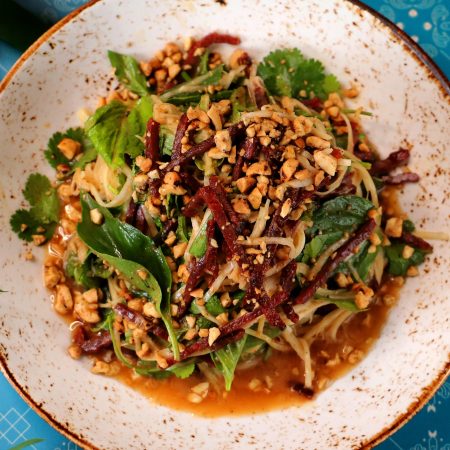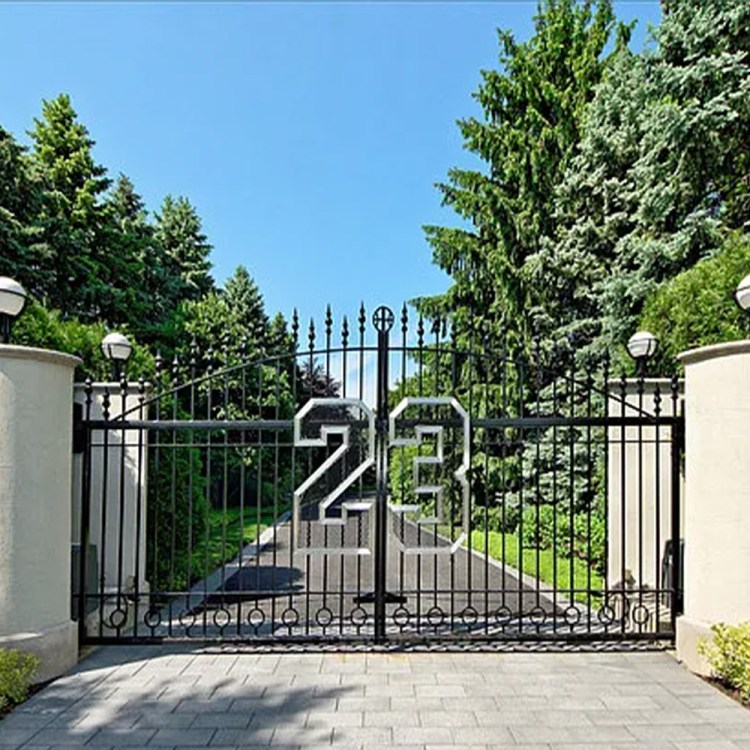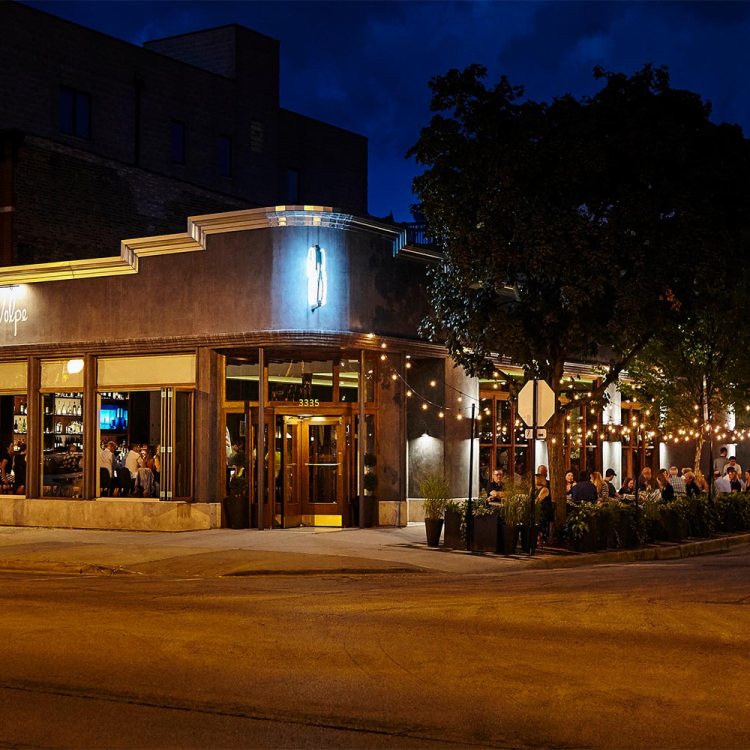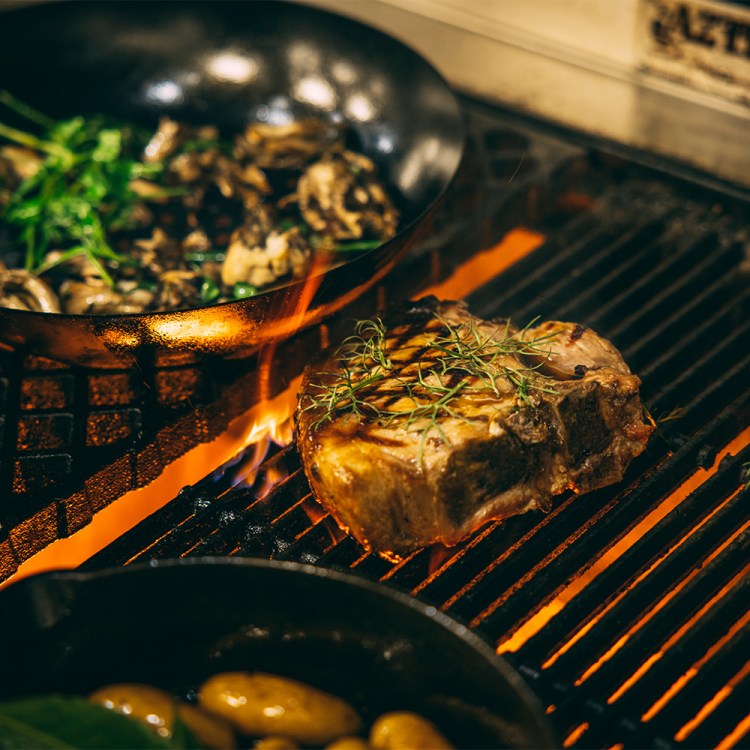Chef Chris Pandel is cutting a piece of raw A5 Japanese Wagyu into paper-thin slices.
“I don’t know if you’re smart or what,” he says. “A story on Wagyu? Nice excuse … to eat all this Wagyu.”
Perhaps better known for rustic Italian fare — you may remember Pandel’s cuisine at The Bristol and Balena — Pandel is now helming the kitchen at Swift & Sons, a new steakhouse in the West Loop. This morning, we’re sampling what many argue is a culinary Holy Grail: Wagyu.
Chilean, Australian and Japanese Wagyu, to be exact, all of which sit plump on Swift & Sons’ menu. The trio, at five ounces a portion, comprise the three priciest steaks on offer — a 36-ounce dry-aged long-bone rib chop excepted.
Wagyu is native to Japan. Literally means “Japanese cow.”
“Layman’s terms,” Pandel says, “it’s fatty beef. You’re talking about cattle thoroughly enriched by way of a long feeding process and years and years of proper breeding.”
That proper breeding has led to a worldwide spawn of farmers raising their own prized Wagyu cattle. The first bulls were imported to farms in the U.S. and Australia in the 1970s; the latter took top billing at this year’s World Steak Challenge in London.
“It’s an unrealistic expectation of beef,” Pandel says, smiling.
We’ll also add unforgettable.
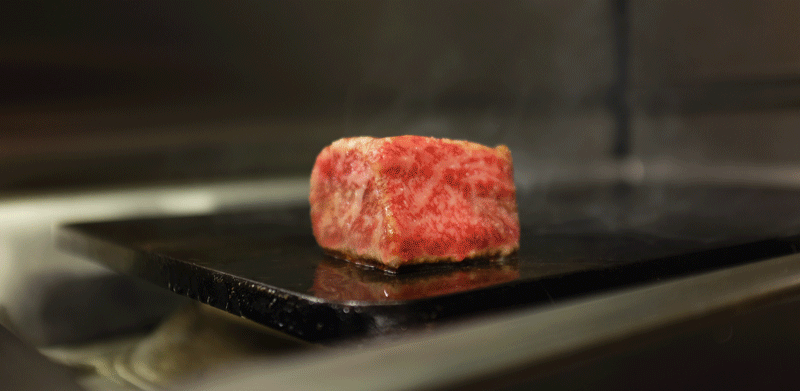
The Wagyu experience is all about the marbling, which Pandel describes as a higher-than-normal “amount of intermuscular fat within the animal.” In other words: more white than red. The high fat content makes for ultra-rich and ultra-tender beef. The good kind of fat, Pandel assures me.
The bite: layers of meat and — mostly — fat melting in on themselves, giving way to a sublime, buttery mouthfeel infused with iron and salt. A delight so rich, it must be enjoyed sparingly. Think less is more.
How you want it: preferably on the rare or medium-rare side.
But which one should you order? Let’s take a closer look.
Wagyu cattle crossbred with Chilean cattle from the Los Ríos Region of Chile. This is Pandel’s favorite. “It’s got a nice iron-y flavor. It’s still rich. It has a good fat content, but it’s got a more beefy flavor.” Just as American Wagyu is crossbred with say, Angus cattle, to appease the American palate, so, too, this Chilean Wagyu. “The Chilean chars really well, the marbling is there, but it doesn’t have the baseline minerality that Wagyu is so forward with.”
A Wagyu beef from the Australian Agricultural Company’s flagship beef brand Master Kobe, with a marbling score that’s comparable to the A5 Japanese (more on grading scales below). Only true, full-blood Wagyu beef (a cow whose bloodline can be traced back) is eligible for this brand. “Currently, Australia is a larger breeder of this style of cattle than Japan,” Pandel says. “The Japanese are going to the Australian ranchers for pure-bred cattle.”
A quick explainer on the Japanese meat grading system: letters are the yield grade, on a scale from A to C. The number is the quality grade, which is judged on marbling, meat color and texture and fat color and texture. A5, then, is the best of this style of animal in the entire world. This beef comes from Japan’s Miyazaki Prefecture, a region (similar to that of Kobe) known for producing the highest quality Wagyu.
Bon appétit.
This article was featured in the InsideHook Chicago newsletter. Sign up now for more from the Windy City.

